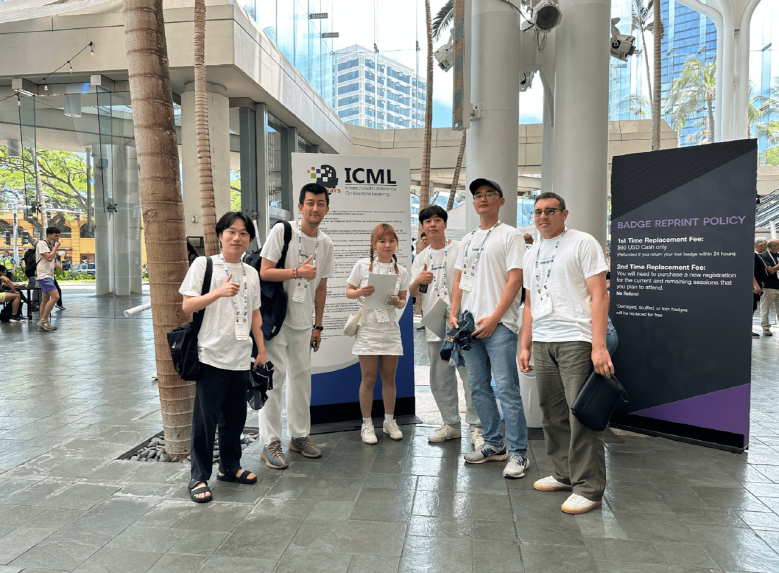The fashion industry is experiencing a rapid transformation in product content creation methods. Trendy brands like 96Newyork have completely changed how they showcase even a single short-sleeve blouse. Today, we'll analyze the new content creation trends emerging in the fashion industry.
Limitations of Traditional Fashion Photography
Traditional fashion product photography processes have involved numerous constraints. Even photographing a single short-sleeve blouse required complex stages including studio rental, professional model casting, stylist collaboration, and hair & makeup services.
Particularly in today's fast fashion environment where new products are mass-released every season, such traditional methods struggle to keep pace with market speed. Trends often change during the time it takes to complete shooting and post-production work.




New Solutions Using AI Technology
What's currently gaining attention in the fashion industry is content creation utilizing artificial intelligence technology. Instead of actually photographing every element like traditional methods, it's now possible to generate various styles and moods of fashion photography using only basic product images.
Brands like 96Newyork are showing high interest in these technologies. Even with a single short-sleeve blouse, multiple moods and situations can be created, enabling much more efficient content production.




Substantial Changes Confirmed in the Industry
According to industry reports, fashion brands that have adopted AI photography technology are experiencing significant operational efficiency improvements. Content creation time has been dramatically reduced from the previous 2-3 weeks to just a few hours, while production costs have been cut by over 80%.
When utilizing professional services like LaonGEN, natural-looking fashion photography can be generated without any deformation of clothing shape or color, reaching a level sufficiently applicable in actual business environments.


Key Benefits for Brands
Time and Cost Efficiency
The most direct benefit is the dramatic reduction in time and costs. For brands like 96Newyork that rapidly launch various lines, such efficiency becomes a crucial factor in securing competitiveness.
Brand Consistency Maintenance
AI technology learns each brand's unique style and generates content with consistent tone and manner, whether it's a short-sleeve blouse or other items. This greatly helps strengthen brand identity.
Content Diversity Acquisition
Even for identical products, diverse content that appeals to various customer segments can be efficiently secured through different styling and situational presentations. This positively impacts customers' purchase decision processes.
Positive Changes from Consumer Perspective
The biggest concern for consumers in online shopping is "how it will look when actually worn." With AI technology development, being able to view a single product from various angles and situations has significantly reduced pre-purchase uncertainty.
Particularly for basic items like short-sleeve blouses that can create completely different atmospheres depending on styling, customer satisfaction is improving as they can preview various coordination examples.
Future Outlook for the Fashion Industry
Fashion industry experts forecast that most fashion brands will adopt such AI technology within the next 2-3 years. Many brands are already actively utilizing it in overseas markets, and gradual expansion is occurring domestically, centered around young-sensibility brands like 96Newyork.
Ultimately, the entire fashion industry is riding the wave of change to meet consumer needs for faster, more diverse, and more personalized content. This technological innovation is expected to become an important driving force accelerating the digital transformation of the fashion industry.

